Home>Gardening & Outdoor>Landscaping Ideas>How Often To Water Zoysia Grass
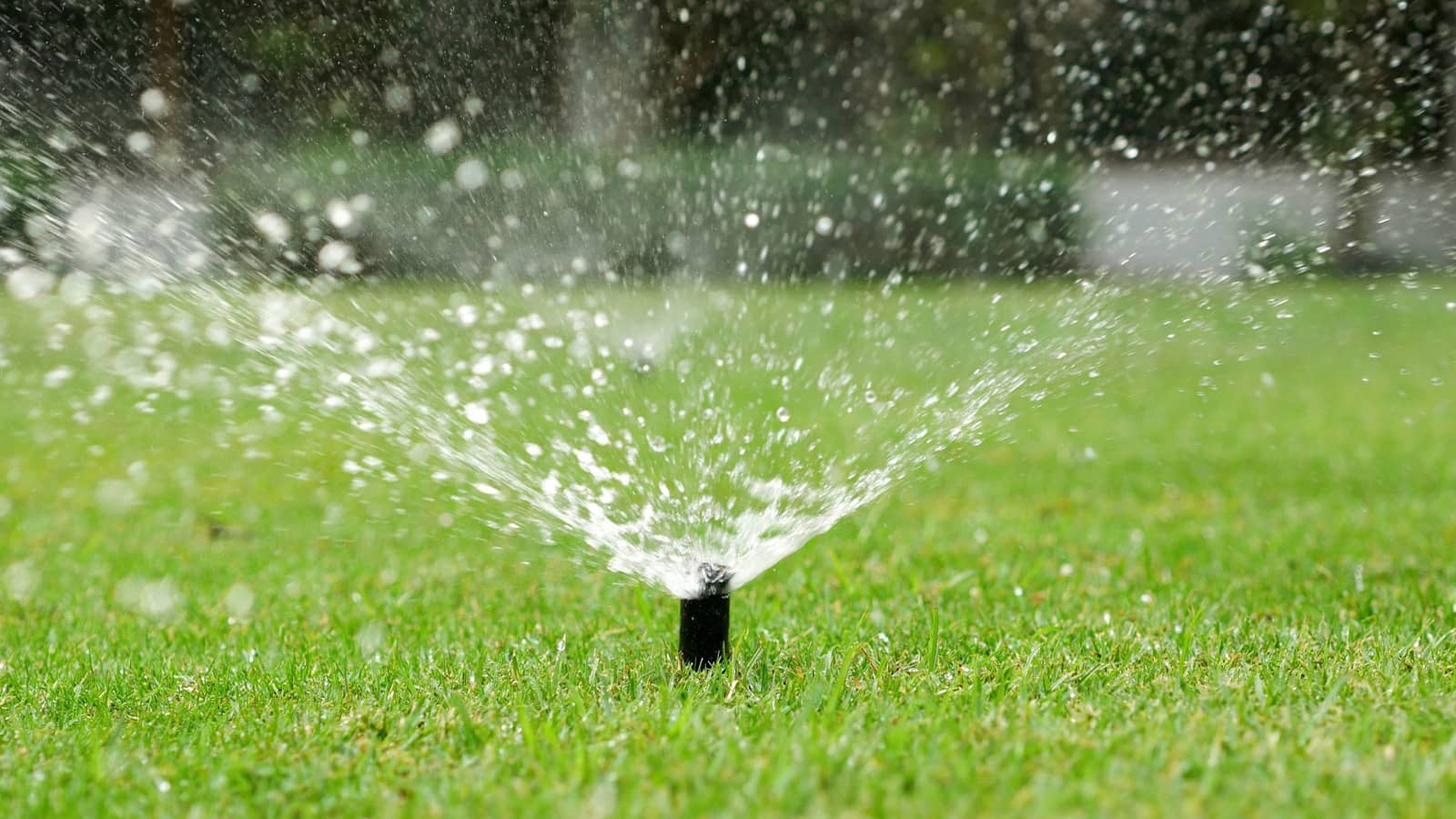

Landscaping Ideas
How Often To Water Zoysia Grass
Modified: August 27, 2024
Learn the best watering schedule for Zoysia grass to keep your landscaping looking lush and healthy. Get expert tips and ideas for maintaining a vibrant lawn.
(Many of the links in this article redirect to a specific reviewed product. Your purchase of these products through affiliate links helps to generate commission for Storables.com, at no extra cost. Learn more)
Introduction
Zoysia grass is a popular choice for lawns due to its lush, dense growth and ability to thrive in various climates. Proper watering is essential for maintaining a healthy and vibrant Zoysia lawn. However, determining the ideal watering frequency can be a bit tricky. In this comprehensive guide, we will delve into the factors that influence the watering needs of Zoysia grass, signs of overwatering and underwatering, and best practices for ensuring your Zoysia lawn remains well-hydrated and resilient. Let's explore the nuances of watering Zoysia grass to help you achieve a thriving and verdant lawn.
Key Takeaways:
- Zoysia grass watering needs depend on climate, soil, and growth stage. Overwatering leads to soggy soil and yellowing, while underwatering causes dullness and stunted growth. Follow best practices for healthy, vibrant grass.
- To keep Zoysia grass thriving, water deeply but infrequently, preferably in the morning. Monitor soil moisture, adjust for rainfall, and use mulch for moisture retention. Mastering watering techniques ensures a lush, resilient lawn.
Read more: How Often To Fertilize Zoysia Grass
Factors Affecting Zoysia Grass Watering Frequency
Several factors influence the watering frequency required for maintaining healthy Zoysia grass. Understanding these factors is crucial for effectively managing the irrigation needs of your lawn. Let's explore the key elements that impact the watering frequency for Zoysia grass:
-
Climate and Weather Conditions: The climate in which Zoysia grass is cultivated plays a significant role in determining its watering needs. In regions with hot and arid climates, more frequent watering is essential to prevent the grass from drying out. Conversely, in cooler and more humid climates, the watering frequency may be less frequent. Additionally, weather conditions such as prolonged periods of drought or excessive rainfall can also affect the grass's hydration requirements.
-
Soil Type and Drainage: The soil composition and drainage capacity directly impact the watering frequency for Zoysia grass. Well-draining soils allow water to permeate effectively, reducing the risk of overwatering and waterlogging. Conversely, compacted or clay-heavy soils may necessitate less frequent watering to prevent water accumulation and root suffocation.
-
Establishment Stage: Newly planted Zoysia grass requires more frequent watering to facilitate root establishment and growth. During the initial phase, consistent and adequate moisture is crucial to support the development of a robust root system. As the grass matures, the watering frequency can be adjusted based on its established resilience and water retention capabilities.
-
Mowing Height and Thatch: The mowing height of Zoysia grass can influence its water requirements. Longer grass blades provide shade and reduce water evaporation from the soil, potentially decreasing the need for frequent watering. Additionally, excessive thatch buildup can impede water penetration, necessitating more frequent watering to ensure the underlying soil receives adequate moisture.
-
Seasonal Variations: The watering needs of Zoysia grass fluctuate with seasonal changes. During the hot summer months, increased evaporation rates and higher temperatures may demand more frequent watering to prevent the grass from wilting. In contrast, cooler seasons may necessitate reduced watering frequency as the grass's moisture retention capacity is enhanced.
Understanding these factors is essential for tailoring a watering schedule that aligns with the specific needs of Zoysia grass, promoting optimal growth and vitality.
This section provides a comprehensive overview of the factors influencing Zoysia grass watering frequency, offering valuable insights for effectively managing the irrigation needs of your lawn.
Signs of Overwatering and Underwatering
Properly assessing the moisture levels of Zoysia grass is pivotal in maintaining a healthy and vibrant lawn. Both overwatering and underwatering can have detrimental effects on the grass's well-being, making it crucial to recognize the telltale signs of these conditions.
Signs of Overwatering
- Soggy Soil: Overwatering can lead to waterlogged soil, causing it to become excessively wet and soggy to the touch. This can create an environment where the roots suffocate due to a lack of oxygen, leading to potential rot and fungal issues.
- Yellowing and Wilting: Despite the abundance of water, overwatered Zoysia grass may exhibit signs of distress, such as yellowing or wilting blades. This is a result of the roots being unable to function properly in waterlogged conditions, impacting the grass's overall health.
- Foul Odor: An unpleasant, musty odor emanating from the soil can indicate overwatering, signaling the presence of stagnant water and potential anaerobic conditions.
Signs of Underwatering
- Dull, Grayish Appearance: Underwatered Zoysia grass may appear dull and grayish, signaling its struggle to retain moisture and maintain vibrant green hues.
- Stunted Growth: Inadequate water supply can hinder the grass's growth, leading to stunted or slow development.
- Footprints Remain: When walked upon, underwatered grass may not spring back, leaving visible footprints due to its lack of hydration.
By being attentive to these signs, you can effectively gauge the moisture levels of your Zoysia grass and adjust your watering practices accordingly, ensuring that it receives the optimal amount of hydration for robust growth and resilience.
This detailed exploration of the signs of overwatering and underwatering equips you with the knowledge to identify and address these conditions, safeguarding the health and vitality of your Zoysia lawn.
Read more: When To Water Zoysia Grass
Best Practices for Watering Zoysia Grass
Maintaining an optimal watering regimen is essential for nurturing lush and resilient Zoysia grass. By implementing the following best practices, you can ensure that your lawn receives the appropriate hydration, fostering healthy growth and vibrant greenery.
1. Watering Schedule
Establishing a consistent watering schedule is fundamental for promoting the well-being of Zoysia grass. Aim to water your lawn deeply but infrequently, allowing the soil to dry out slightly between watering sessions. This encourages the development of a robust root system, enhancing the grass's resilience to drought conditions.
2. Early Morning Watering
Opt for early morning watering sessions to maximize the absorption of moisture by the grass. Watering during the cooler morning hours reduces water loss through evaporation and minimizes the risk of fungal diseases, as the grass blades have ample time to dry before nightfall.
3. Deep Watering
When irrigating Zoysia grass, prioritize deep watering to encourage the growth of deep roots. This can be achieved by applying approximately 1 inch of water per session, ensuring that the moisture penetrates the soil to reach the root zone. Shallow watering can result in shallow root systems, rendering the grass more susceptible to stress during dry periods.
Read more: How Often To Water The Grass
4. Monitoring Soil Moisture
Regularly monitor the moisture levels of the soil to gauge the watering needs of your Zoysia lawn. Utilize a soil moisture meter or simply perform a manual assessment by probing the soil to determine its hydration status. Adjust your watering frequency based on the observed moisture levels, ensuring that the grass receives adequate but not excessive moisture.
5. Rainfall Considerations
Take into account natural rainfall when planning your watering schedule. During periods of sufficient rainfall, adjust your irrigation practices accordingly to prevent overwatering. Conversely, in drier spells, supplement natural rainfall by providing additional hydration to sustain the health of the Zoysia grass.
6. Mulch Application
Applying a layer of organic mulch around the base of the grass can aid in moisture retention and weed suppression. Mulch helps regulate soil temperature and reduce water evaporation, contributing to a more efficient use of water and promoting a healthier root environment for the Zoysia grass.
By adhering to these best practices, you can optimize the watering regimen for your Zoysia lawn, fostering robust growth, vibrant coloration, and overall resilience. Implementing these strategies will contribute to the long-term health and beauty of your Zoysia grass, ensuring a visually stunning and thriving lawn for years to come.
Conclusion
In conclusion, mastering the art of watering Zoysia grass is a pivotal aspect of nurturing a lush, vibrant lawn that exudes natural beauty and resilience. By considering the diverse factors that influence watering frequency, recognizing the signs of overwatering and underwatering, and implementing best practices for irrigation, you can elevate the health and vitality of your Zoysia lawn to new heights.
Understanding the nuanced interplay between climate, soil composition, seasonal variations, and the growth stage of Zoysia grass empowers you to tailor a watering schedule that aligns with the specific needs of your lawn. By acknowledging the impact of these factors, you can optimize the hydration levels of your grass, promoting robust root development and overall resilience.
Recognizing the signs of overwatering and underwatering is crucial for maintaining the well-being of Zoysia grass. By being attentive to visual cues and soil conditions, you can effectively gauge the moisture requirements of your lawn, ensuring that it receives the optimal amount of hydration to thrive.
Implementing best practices such as establishing a consistent watering schedule, prioritizing deep watering, and monitoring soil moisture levels enables you to cultivate a healthy and vibrant Zoysia lawn. By embracing early morning watering sessions and considering natural rainfall, you can fine-tune your irrigation practices to promote efficient water usage and minimize the risk of overwatering.
Furthermore, the application of organic mulch around the base of the grass serves as a valuable ally in moisture retention and weed suppression, contributing to a healthier and more sustainable lawn environment.
In essence, by integrating these insights and practices into your lawn care routine, you can embark on a journey towards nurturing a thriving Zoysia grass lawn that captivates with its lush greenery and resilience. With a deep-rooted understanding of watering nuances and a commitment to implementing best practices, you can elevate the health and beauty of your Zoysia lawn, creating an inviting outdoor space that beckons with its natural allure and vitality.
Frequently Asked Questions about How Often To Water Zoysia Grass
Was this page helpful?
At Storables.com, we guarantee accurate and reliable information. Our content, validated by Expert Board Contributors, is crafted following stringent Editorial Policies. We're committed to providing you with well-researched, expert-backed insights for all your informational needs.
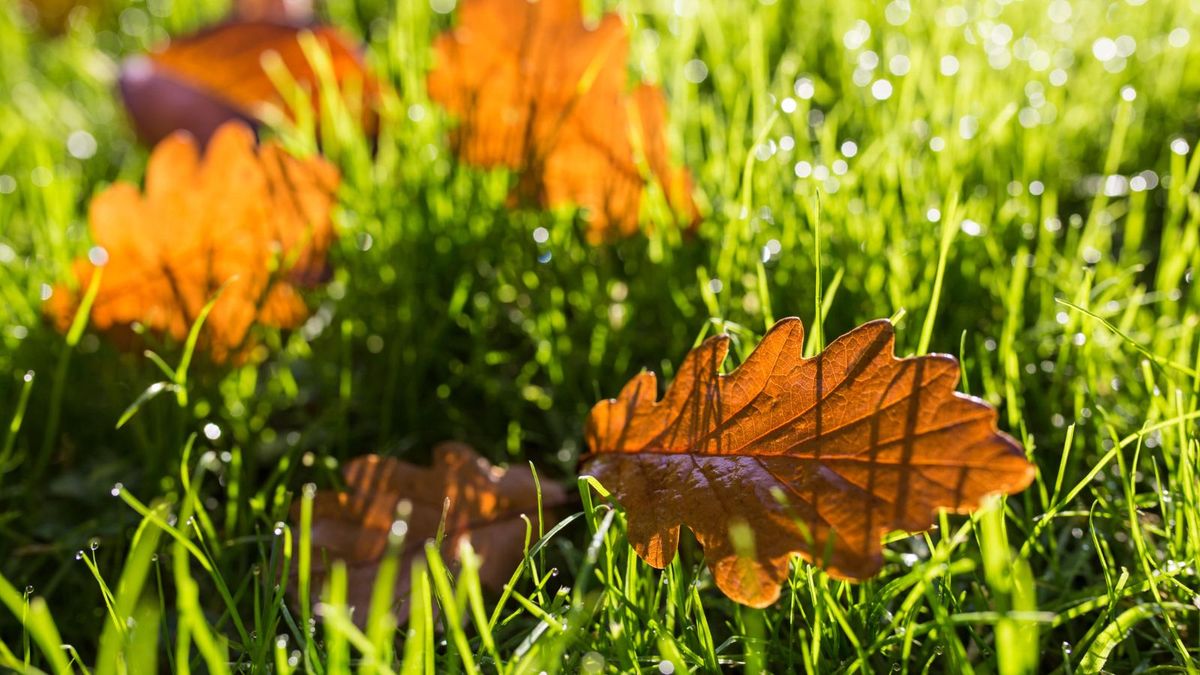
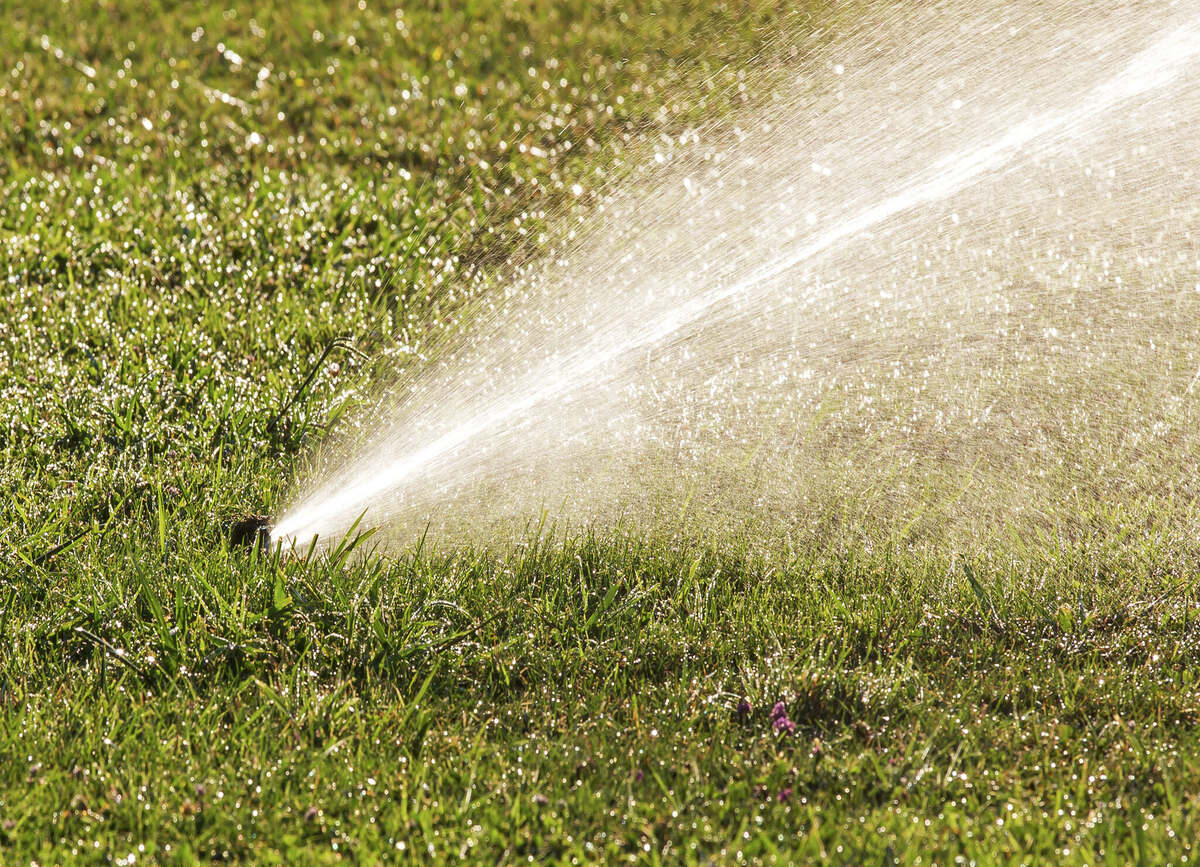
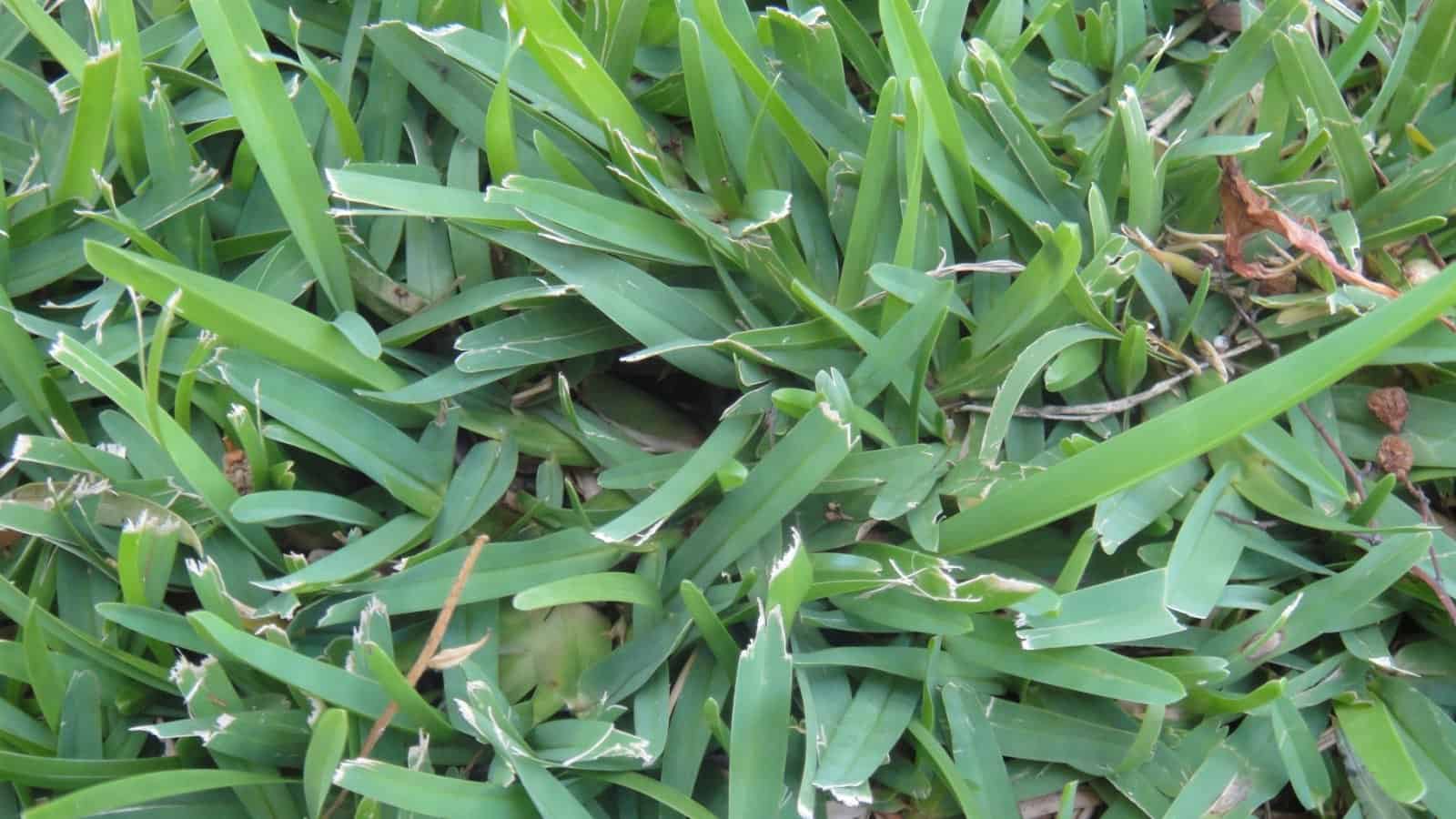
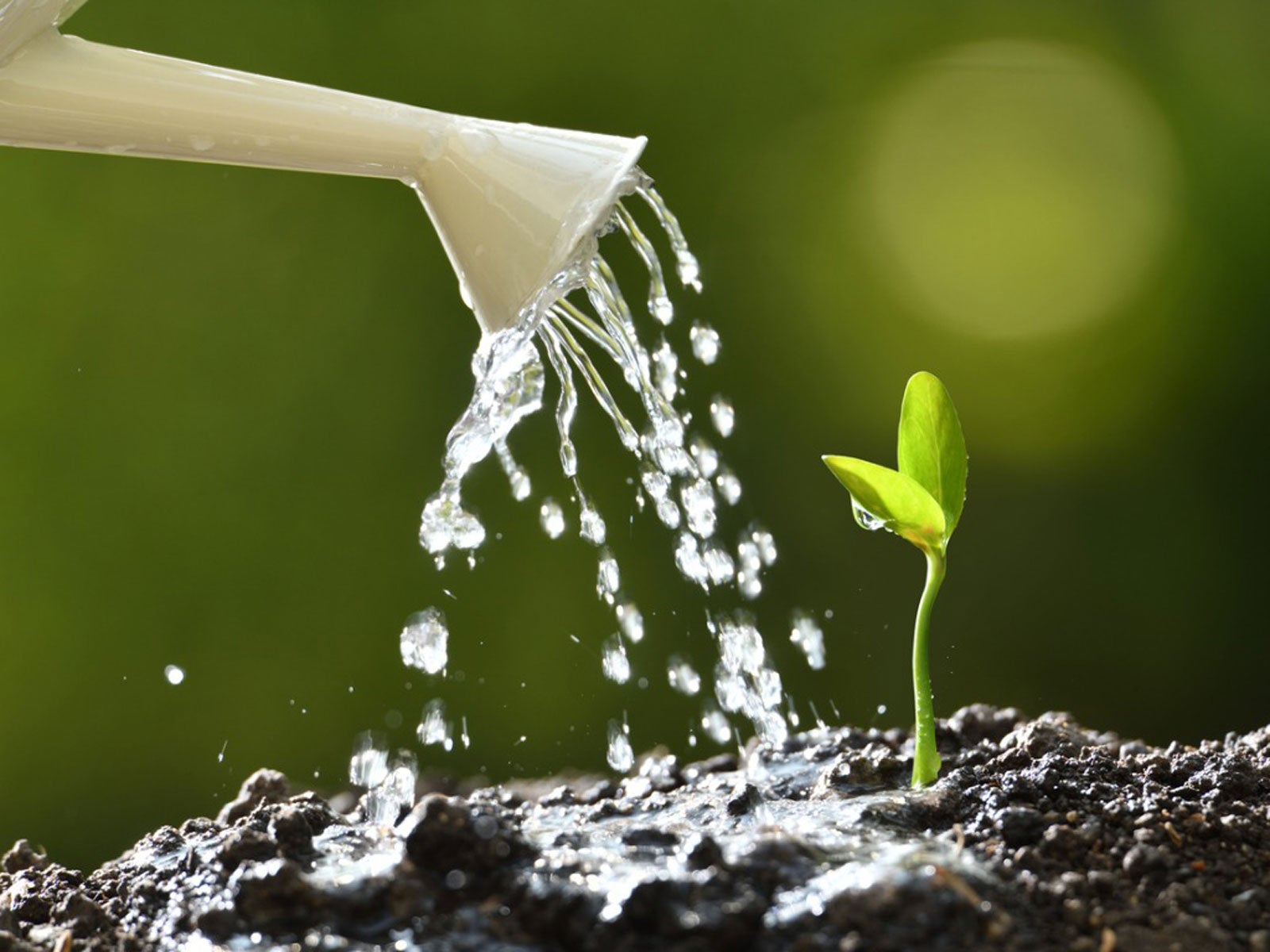
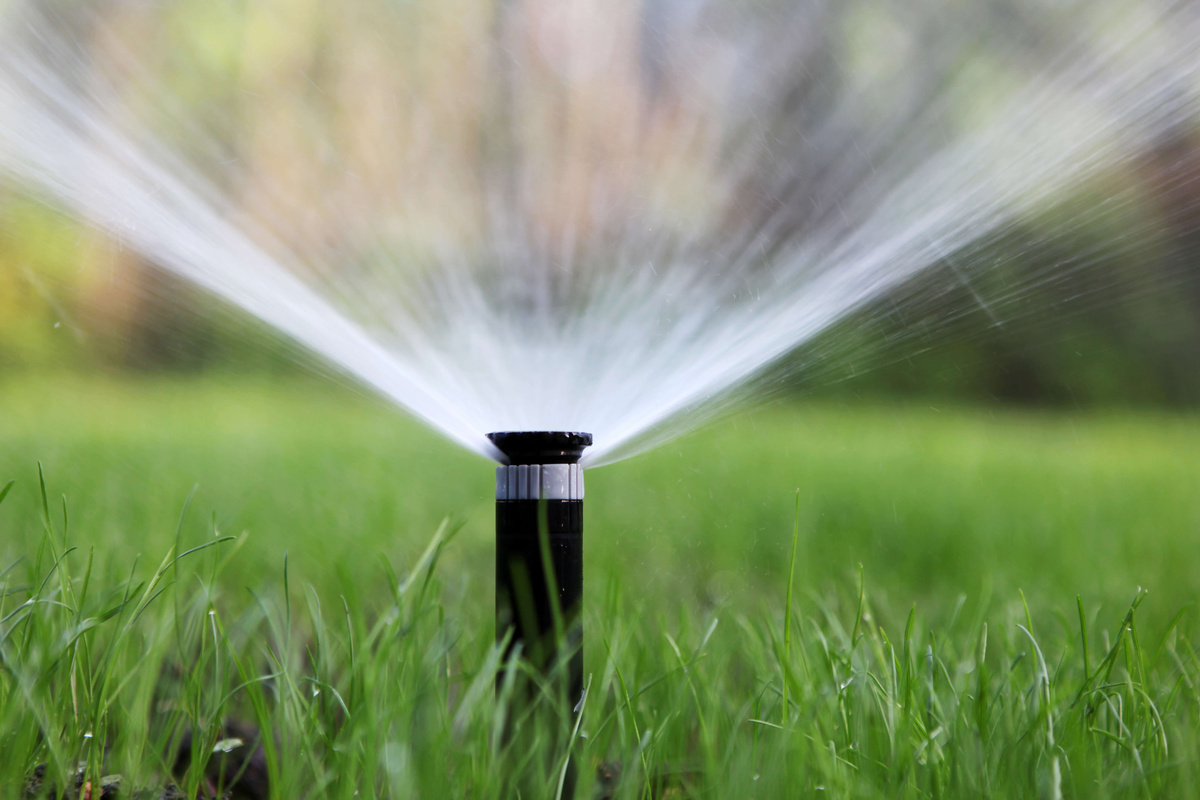
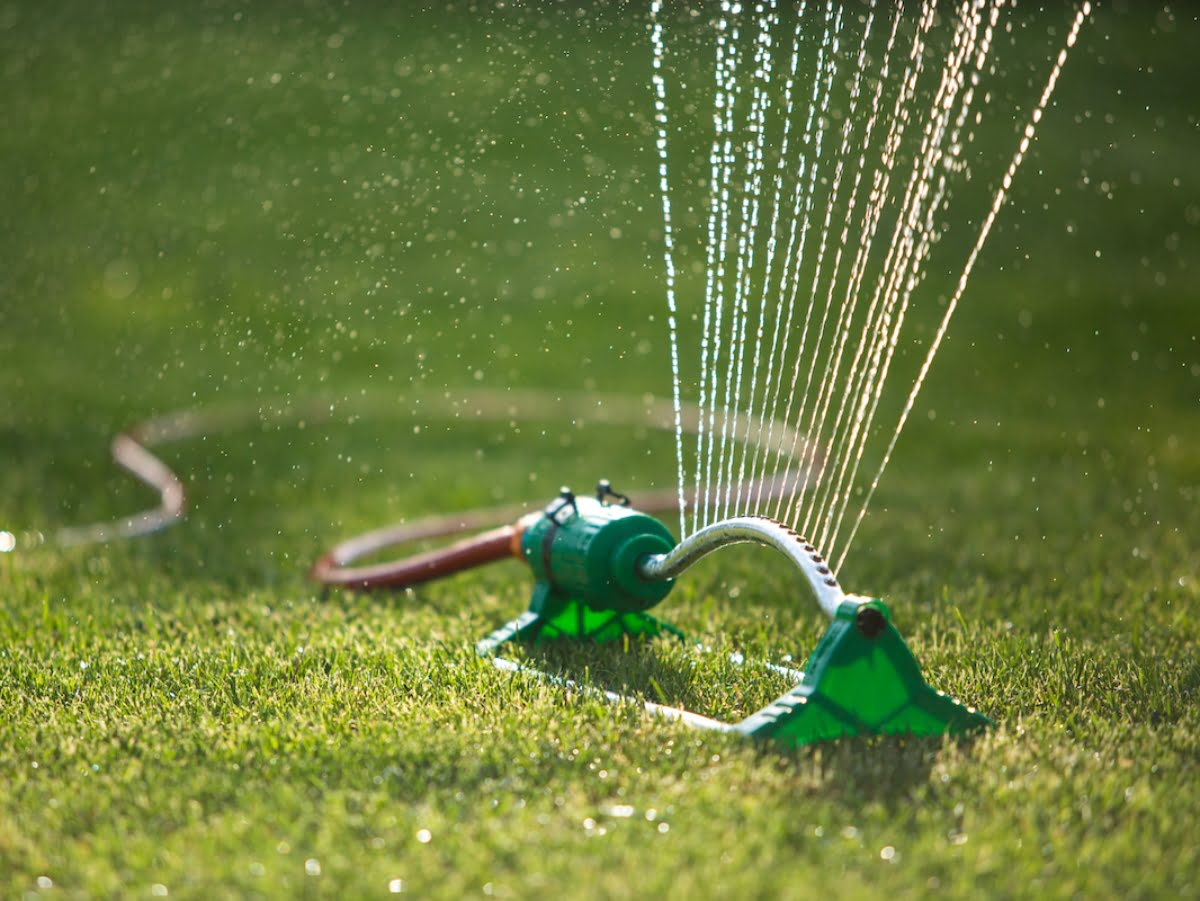
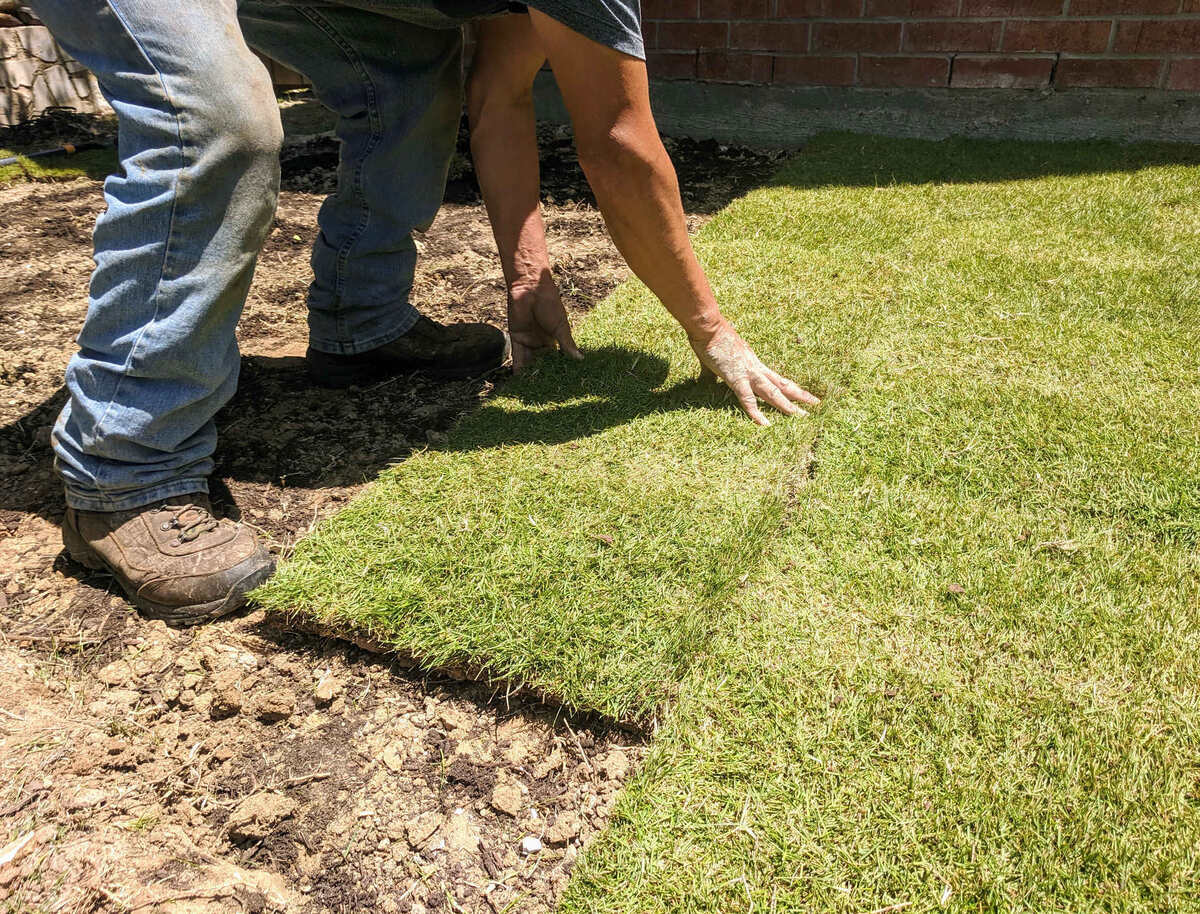
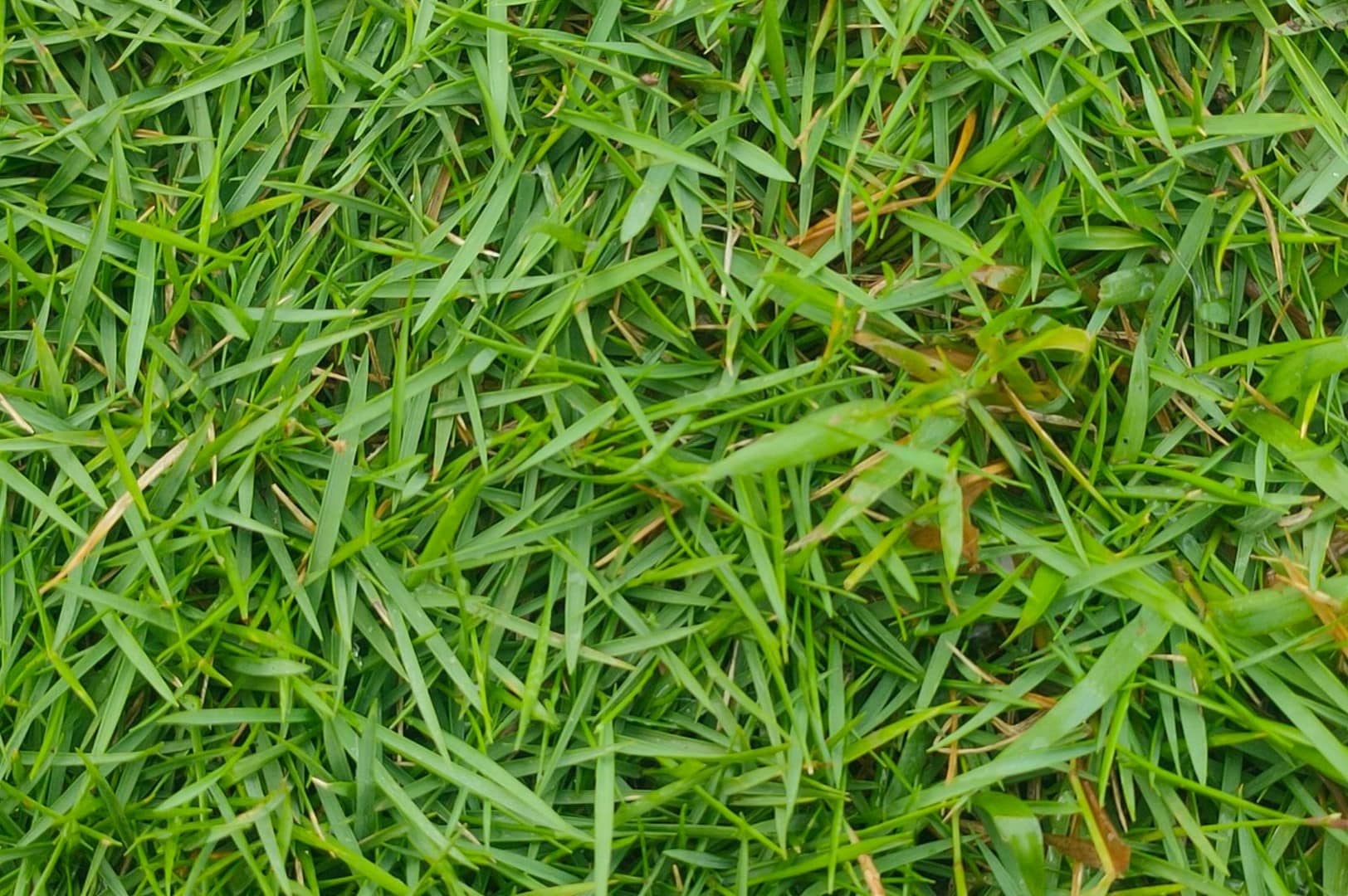
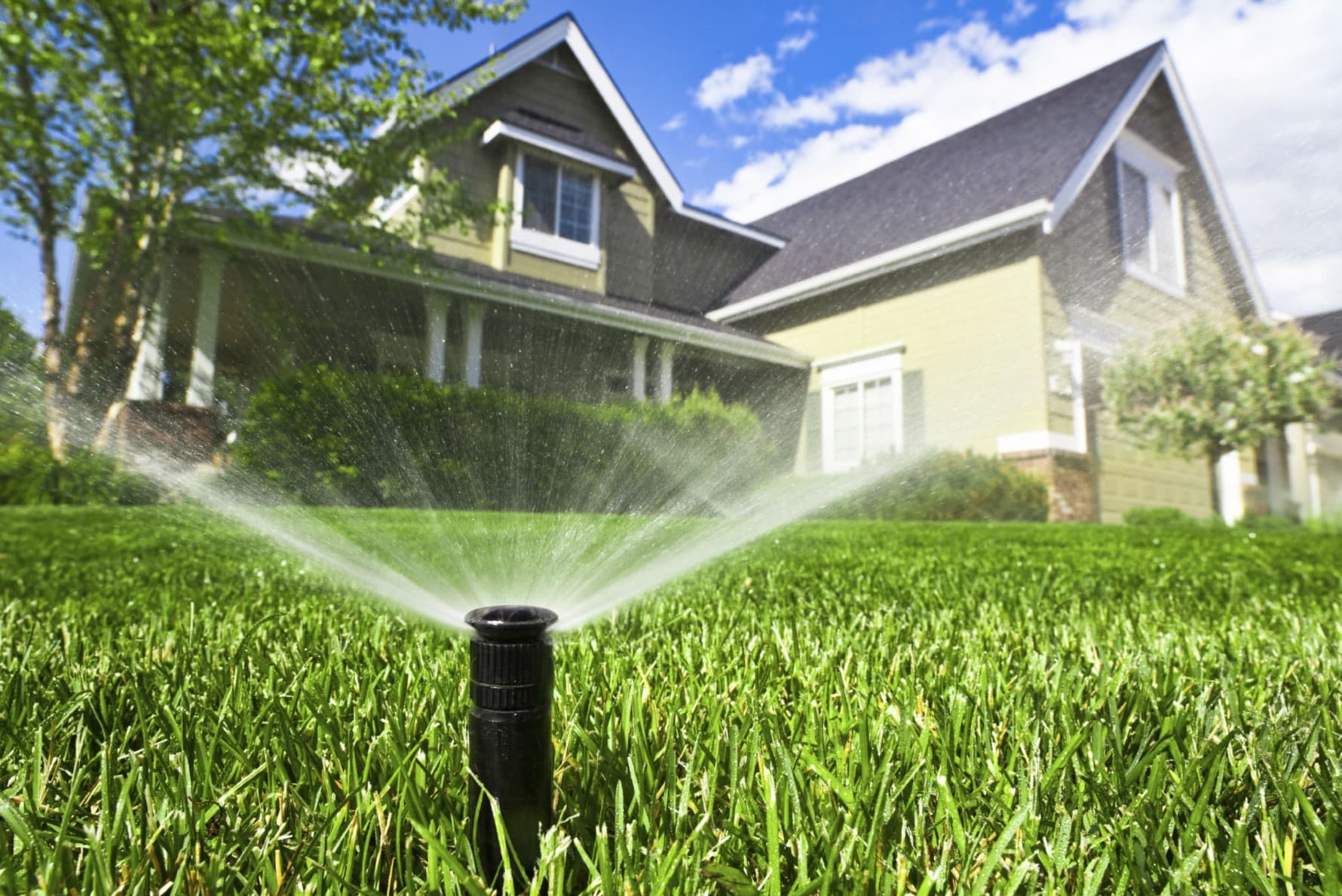
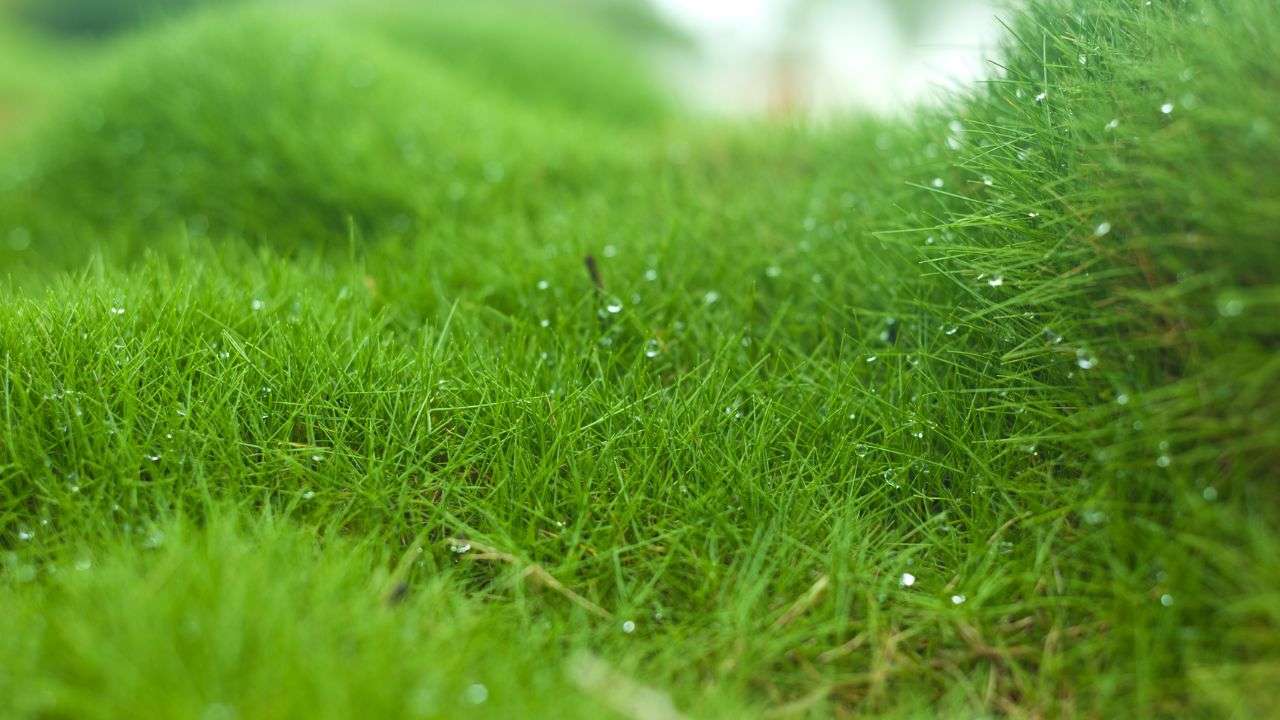
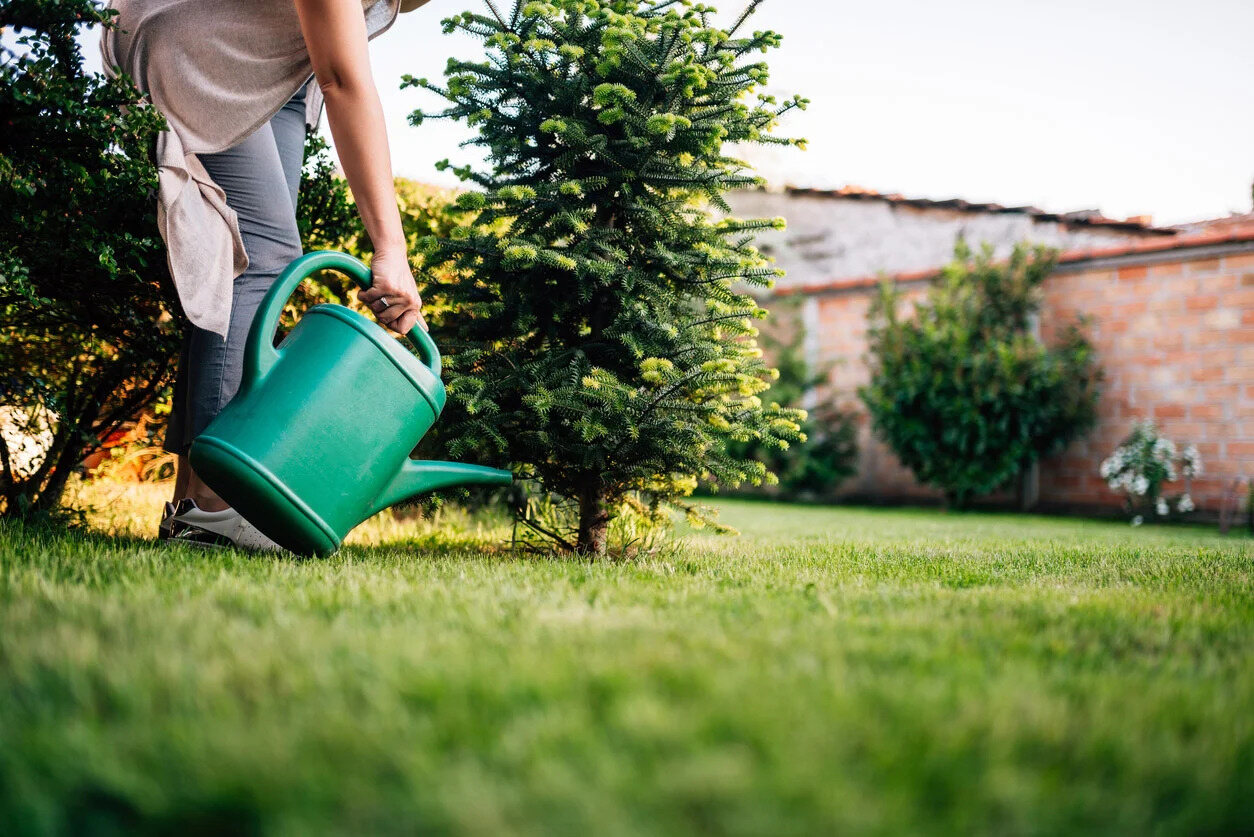
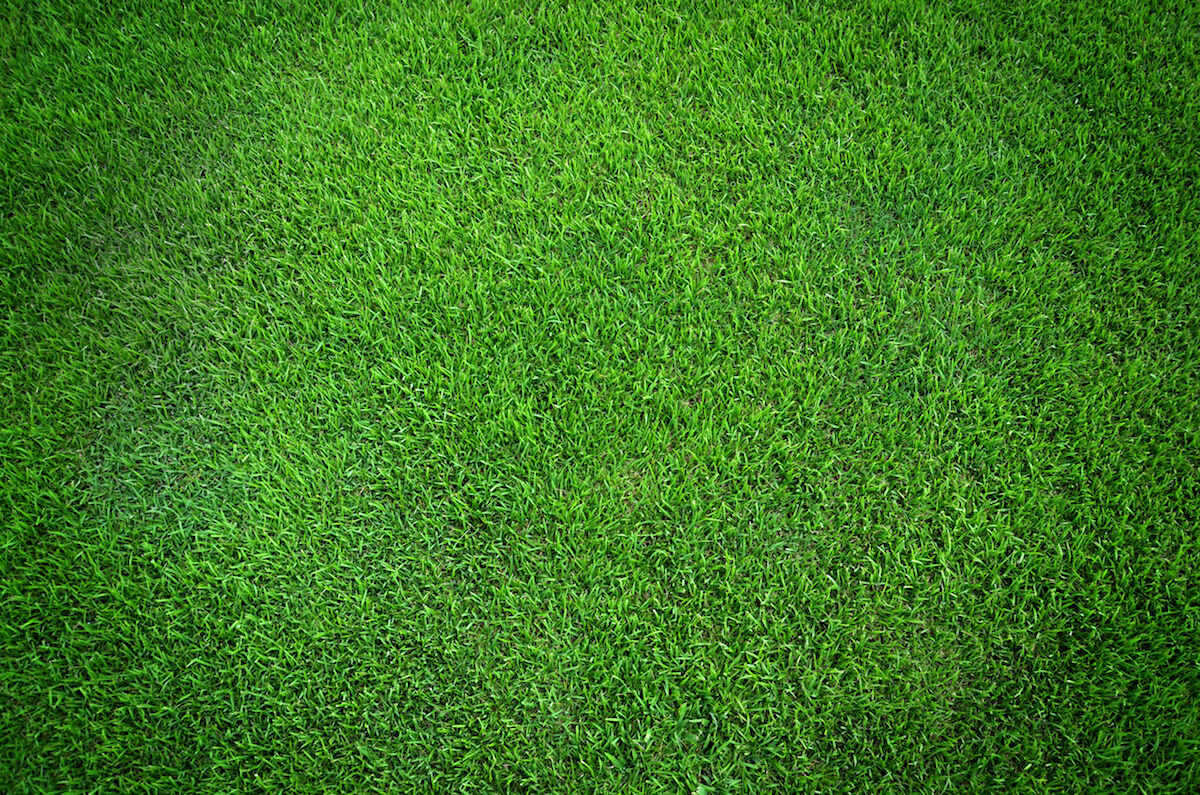
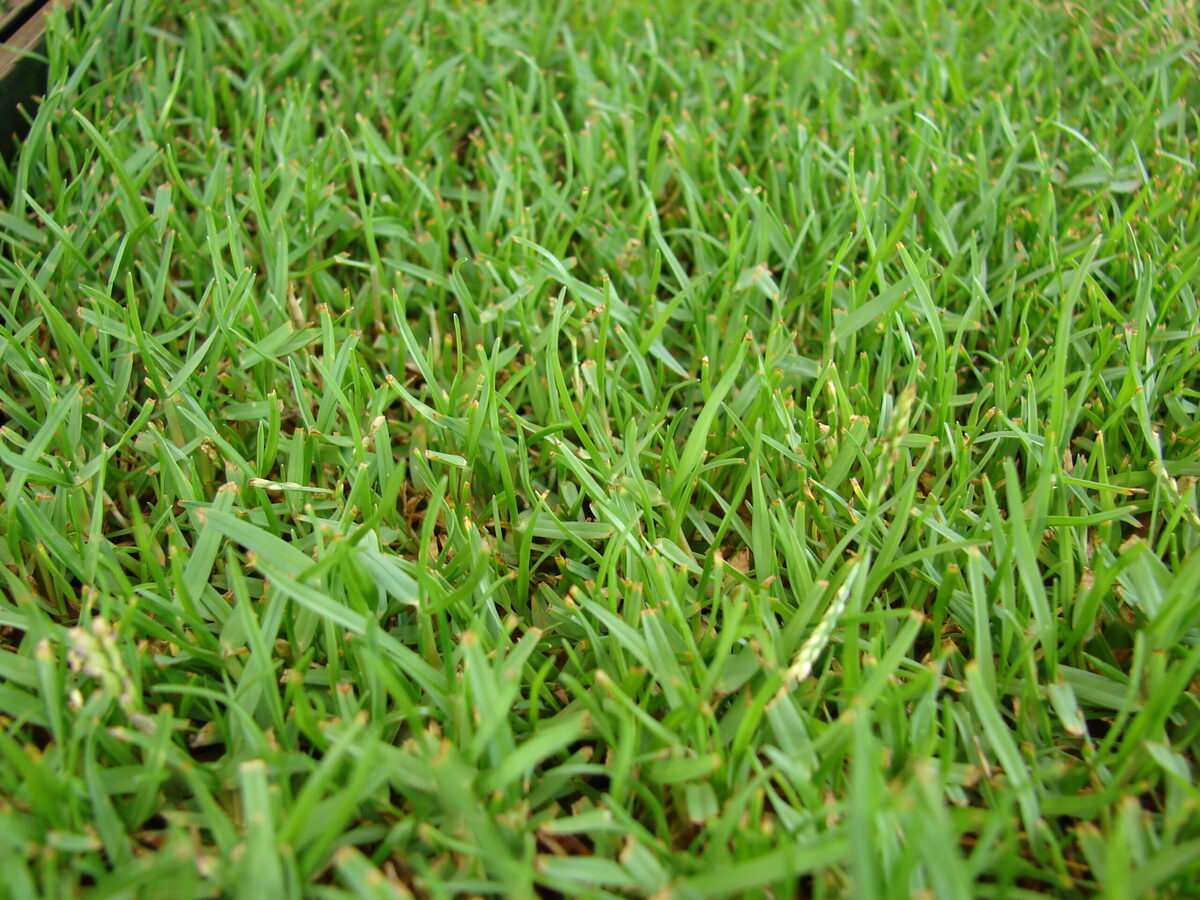

0 thoughts on “How Often To Water Zoysia Grass”